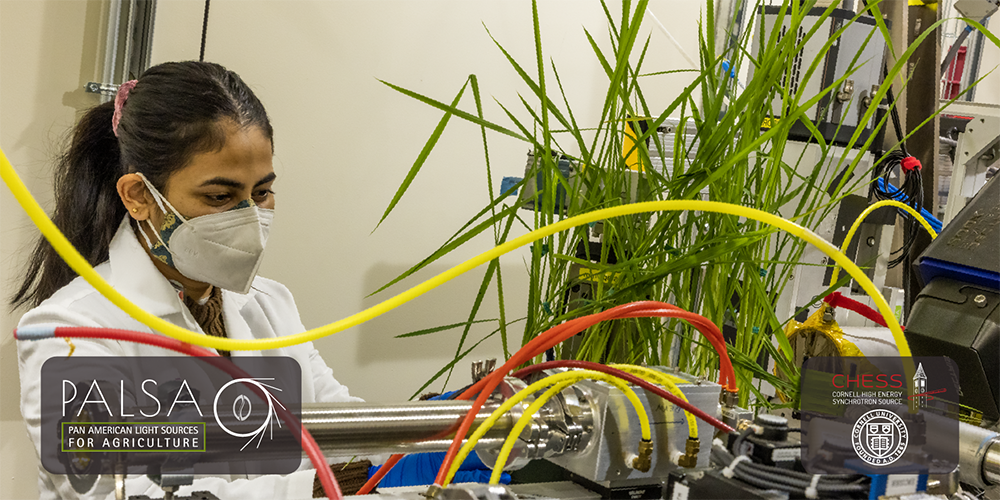Speaker
Description
Soil pore structure plays a key role in transport and fate of soil chemicals, gases, microorganisms, and defines rates of biogeochemical reactions. Marked heterogeneity of soil solid and pore spaces and complexity of the pore networks lead to formation of highly spatially and temporally variable zones of enhanced microbial activity. Such zones are commonly referred to as “hot spots” and “hot moments” and their formation requires sufficient supply of water and oxygen to ensure enhanced microbial functioning. Classical capillary model of soil water retention, which assumes sequential filling and draining of pores according to their size distribution, cannot explain either occurrences of “hot spots” and “hot moments” or high spatial diversity of microbial communities at pore scale. A meniscus water retention model, free of assumptions about incremental saturation/drainage of different pore-size classes, is a recently developed alternative to the capillary model. Which of the two models is more appropriate for explaining mobility of soil microorganism within the pore networks is still debated due to the absence of methods for soil water quantification at pore scale. While visualizations of water distribution within the soil pore network have been conducted for decades, its quantification remains challenging. We developed an approach for quantifying pore saturation based on changes of iodine mass attenuation within increasing beam energy after introducing KI solution into the soil. We implemented this approach to quantify redistribution of water in soil pores at 5 levels of soil water saturation. Image analyses showed: (i) surprisingly high fragmentation (discontinuity) of soil moisture in highly connected pore systems; and (ii) partial saturation of multiple pore-size groups within a wide range of soil water contents. These results support the meniscus model and reject the capillary model of soil water retention, and better explain the spottiness of microbial activity in soils at a pore scale.

